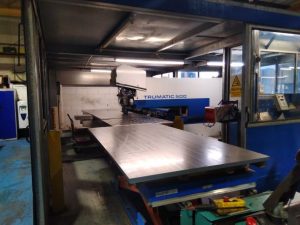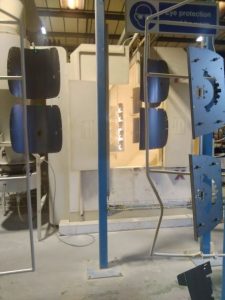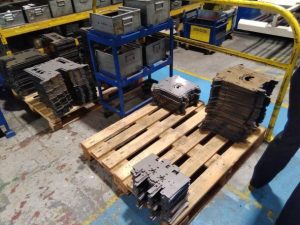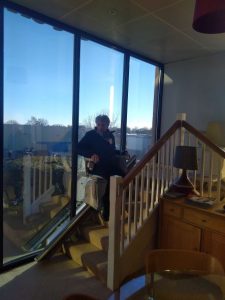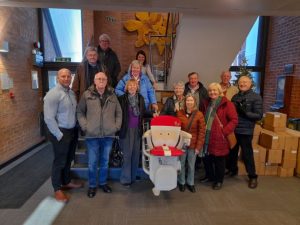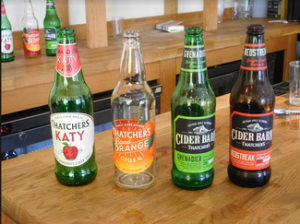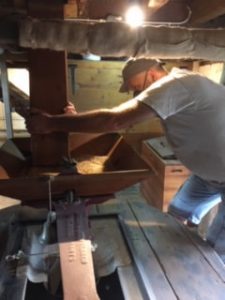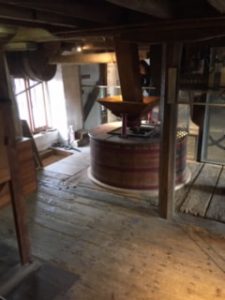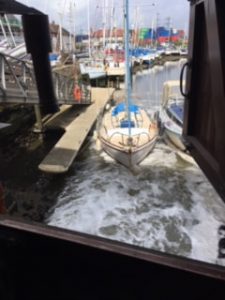On December 8th 12 of us met at the Andover Headquarters of Stannah at the Portway Estate. This was an oversubscribed trip because numbers were limited by the company due to the factory floor being a working environment.
We were greeted on arrival with a welcome hot coffee in an area overlooking the factory floor and then taken to a training room for an introduction given by Andy Hasilow, Managing Director, followed by a presentation from the Manufacturing Manager Martin Cannon.
Martin told us that this family owned and run company began in London in 1867 when it was manufacturing lifts and cranes for the capital’s docks and by 1900 was also producing passenger lifts. The last 3 pandemic years had been very challenging and had caused the company to make major changes with a growth target set to reach £500 million by 2027
‘Pop’ was the third generation of the Stannah family and it is Pop’s sons who are co-chairs in the company today. Five family members are still active with the 5th generation becoming involved. The company has a scheme enabling every employee to take an equal share of a percentage of annual profit so that the lowest paid and highest paid are rewarded equally . The company can boast a loyal staff with many family members working for them. We were also told that apprenticeship schemes and further education and training at all levels is supported.
Following WW 2 when the London factory was destroyed, Stannah moved to Andover where it has three manufacturing sites in the town and is currently building a vast world class production facility on the Andover Business Park. This will be ready for use in early 2024 when the Anton Mill and Stephenson factories will be shut and moved to the new development. Whilst many people associate Stannah with stair lifts they also make commercial lifts, platforms and escalators and have a major contract with Network Rail among others for these. Stannah has 11 subsidiaries in 43 countries worldwide and manufacturing centres in Newcastle (UK) the Czech Republic and most recently in the USA.
For the planned growth, Stannah will recruit and train local people, currently they employ around 600 from Andover and its surrounding areas. The factory runs on a three-shift basis 7 days a week meaning that domestic stair lift production can be completed within a week from the date of the order. The rails supporting the chair must be manufactured to individual orders because no two staircases are the same, even in identical houses. The company uses its own workers for the installation and is proud of its reputation for speed of completion.
Martin was joined by Stephanie, the Supply Chain Director, and we split into two groups for the factory floor tour and the display/ demonstration centre for domestic lifts and stair lifts. We followed the production line from the arrival of sheet metal to the welding and casting of plates, the powder coating of components [click images to enlarge}
The final part of the production line is where the testing (for weight bearing ) of the chairs takes place before they are packed ready for distribution. There was time to try out various stair lift designs and ride in a domestic lift before being treated to a very generous lunch.
Before giving our thanks and leaving we were each given a notebook and pen/ruler/spirit level and had a group photograph beside a chair with upholstery designed for Christmas!
Jane Leishman
